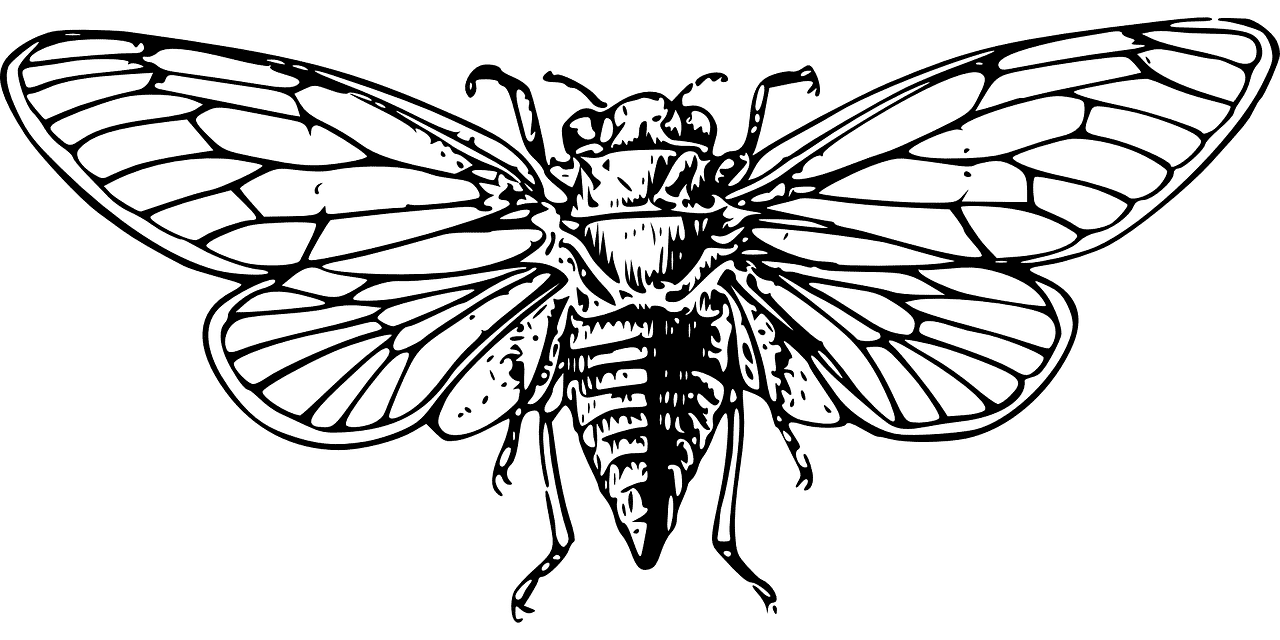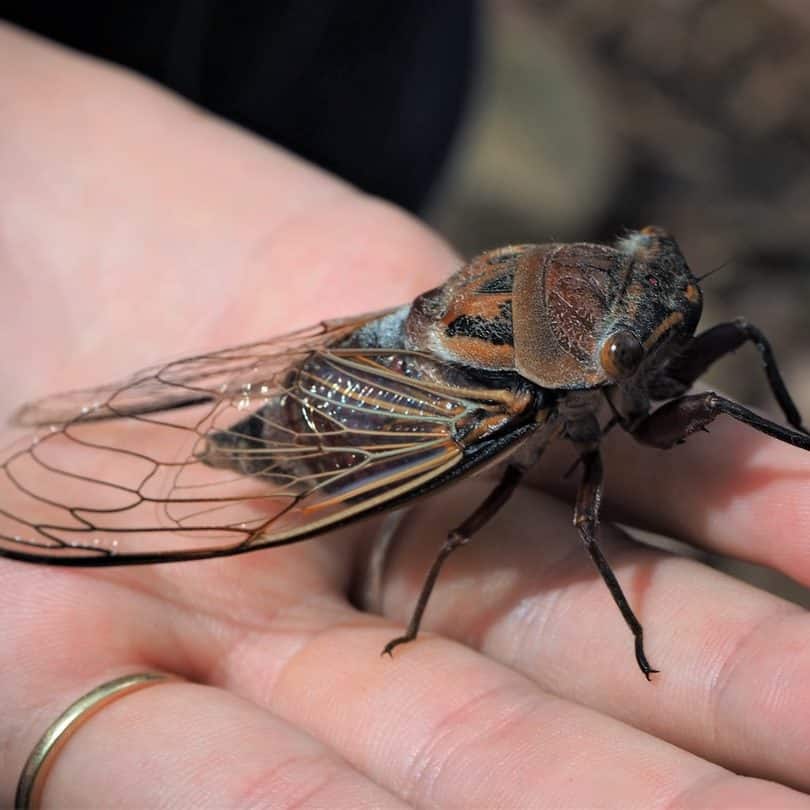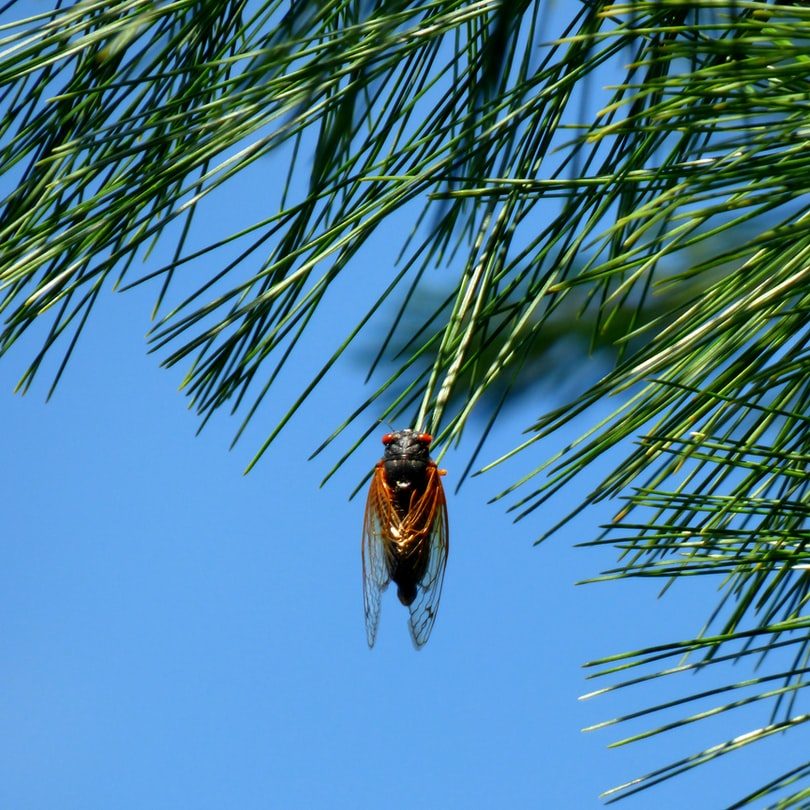
Reno Cicada Extermination
Cicadas are large noisy nuisance pests. Their oversized abdomens are hollow except for a noisemaking tymbal, a drum-like muscle. Cicadas make their money by rapidly flexing their tymbal in a way that is amplified by their hollow abdomens. Cicadas often use their wings to add to or amplify these tympanic sounds, which are their way of attracting mates.
Throughout the United States, there are around 190 species of pest cicadas. Cicada infestations are relatively common in Nevada, especially during spring and summer. Their annoying mating noises disrupt homeowners and business owners wishing to get work done, enjoy outdoor living spaces, or just relax, necessitating cicada extermination services.
Additionally, since many species of wasps prey on cicadas as their food sources, cicada infestations that go unmanaged often lead to wasp infestations.
Call us (775) 305-3785 or message us today to get a cicada extermination to get these obnoxious pests off your property!
Request Your FREE Consultation!
Common Types of Cicadas
Cicadas are members of the family Cicadoidea, and can be found all across the United States. Cicadas can live up to 17 years, and about 190 species are present in North America. The Southwest is home to several types of cicadas, such as cactus dodger cicadas, citrus cicadas, mountain cicadas, puella cicadas, giant cicadas, plains cicadas, nush cicadas, dog-day cicadas, says cicadas, and more.

How Cicadas Damage Plants and Gardens
Like aphids, cicadas have a sharp proboscis, which they use to suck sap right out of plants. Unlike aphids, they use their proboscis to open up plant stems and roots to lay their eggs inside your plants so that when their eggs hatch, their larvae can feed on the insides of your plants. Young cicada larvae will destroy plants through their feeding, while adult cicadas destroy entire gardens by feeding on all plants to find the best plant to feed on and leave eggs in.
What Cicadas Look Like
Cicadas are usually green, brown, or gray in color. Adult cicadas are fairly large insects, and have been known to grow up to 2 and a half inches long. Cicadas have large eyes and short but prominent antennae at the front and sides of their head. Cicadas have four semi-transparent wings that fold backward across their body when not in use, creating a tent-like appearance.
Cicada Extermination and Removal Service
Exterminating cicada infestations can be a challenge, largely due to their ability to hide eggs, nymphs, and larvae underground or inside plants, roots, and trees. We treat for cicada infestations, and identify areas where cicada eggs, nymphs, and larvae may be growing.

Cicada Extermination
In treating cicada infestations, we may utilize a variety of pesticides, depending on the layout of your outdoor space, the species present, and the nature of your infestation. Reclaim IT, Stryker Prallethrin, Stryker 54, Cyper WSP, Malathion EC Organophosphate, Bifen IT, and Bifen LP have proven successful in preventing or exterminating cicada infestations.
Cicada Prevention
Because many cicadas tend to have unusually long lives for insects, they tend to be migratory and follow established migration routes. Stopping cicadas from infesting your property starts with keeping a sharp eye on lawn and garden plants, especially during spring and early summer when they are most likely to migrate in.
Cicadas will usually announce their arrival, but to ensure that they are not damaging your plants or living spaces, watch for any plants that suddenly appear damaged and remove that damage as soon as possible.

